
Turning radius is an important parameter for cars
Content
Each of us has faced the difficult task of maneuvering in a narrow space - for example, in the parking lot of a shopping center. The longer the car, the more difficult it is to park. This is why cars with a small turning radius are most useful in cities. In addition to the wheelbase, other factors are also important for it.
What is the turning radius of the car
The turning radius of the vehicle refers to a semicircle that describes the vehicle when performing a maneuver. In this case, the steering wheel is completely turned in one direction or another. Knowing this parameter is necessary in order to determine whether the car will be able to fully turn around on a specific section of the road or the driver will need to switch from first speed to reverse several times.
Moreover, the driver must understand that small and large radius are different concepts, and they must be taken into account. In the technical literature of some car models, both of these parameters are indicated (numbers are written with a fraction).
Small or minimum turning radius refers to the so-called curb-to-curb distance. This is the trail that the wheel leaves around the outside of the semicircle when turning. Using this parameter, you can determine how wide the roadway should be with low curbs at the edges so that the car can calmly turn around.
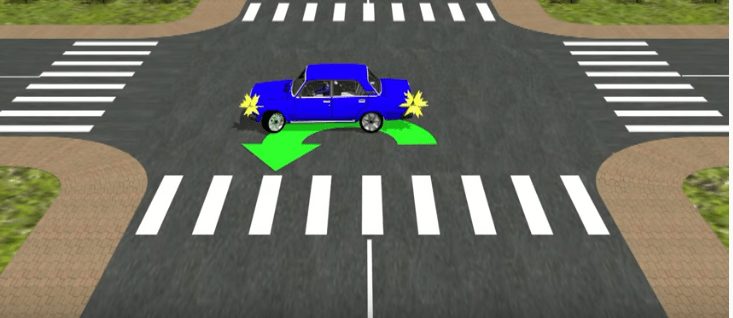
A large radius is a semicircle, which is already described by the car body. This parameter is also called wall-to-wall radius. Even if different cars have the same wheelbase (the distance from the front to the rear wheels, as measured from the farthest parts of the tires), they can have different turning radius from wall to wall. The reason is that the dimensions of different machines can be very different.
It is better for each driver to focus on the second parameter, since when making a U-turn on a non-fenced road, it is possible to drive with wheels and onto a dirt road. But if the roadway has a fence or the car turns between fences or some kind of buildings, then it is extremely important for the driver to “feel” the dimensions of his vehicle.
Here is another factor related to the position of the car during a maneuver or turn. When the car turns, the front of the car makes a slightly larger circumference than the rear. Therefore, when leaving a parking lot, garage or at an intersection, it is necessary to stretch the front part of the car forward a little so that the rear part fits into certain dimensions. The front of the car is always more maneuverable, and in order to fit into a turn, the driver only needs to determine to what extent to turn the steering wheel.
What affects the turning radius
When rotated 360 degrees, each machine "draws" an outer and inner circle. Assuming the turn is clockwise, the outer circle is described by the tires on the driver's side and the inner circle by those on the right.
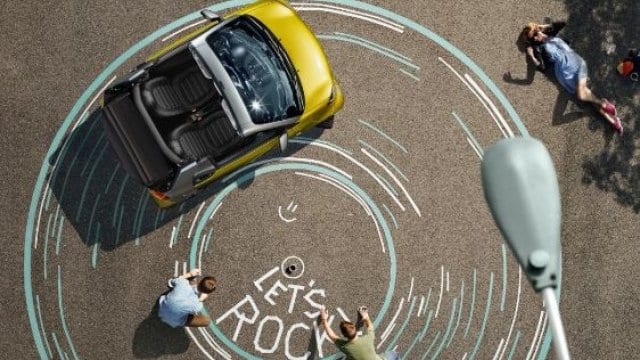
When driving in a circle, the turning radius of each vehicle can be determined individually, be it a van or a compact vehicle. The smallest turning radius is equivalent to the largest steering wheel turn allowed by the machine axles. This is important when parking or reversing.
How to measure the turning radius of a car
Of course, knowing the exact figures regarding the radius, or more precisely, the diameter, the turn of the car, this is not enough. The driver will not run along the road with a tape measure to determine whether he can make a U-turn here or not. To determine this as quickly as possible, you need to get used to the dimensions of your vehicle.
The turning radius is measured in two ways. To begin with, an empty area is selected, on which there is enough space for the car to complete a full turn in first gear by 360 degrees. Next, you need to get cones or bottles of water, chalk and tape measure.
First, we measure how much distance the car needs so that the front wheels fit when turning on the road. To do this, we stop the car, the steering wheels are in a straight-line direction. On the outside of the wheel, which will describe the outer circumference, a mark is made on the asphalt. In place, the wheels turn in the direction of the U-turn, and the vehicle begins to move until the outer steering wheel is on the side opposite the mark. The second mark is placed on the asphalt. The resulting distance is the turning radius from curb to curb. More precisely, it will be the diameter. The radius is half this value. But when this data is indicated in the manual for the car, it is mainly the diameter that is supplied.

Similar measurements are made on a wall-to-wall basis. For this, the machine is placed exactly. A mark is made on the asphalt at the extreme corner of the bumper, which will describe the outer circle. In a stationary car, the wheels are completely turned out, and the car turns around until the outer corner of the bumper is on the opposite side of the mark (180 degrees). A mark is placed on the asphalt and the distance between the marks is measured. This will be a large turning radius.
This is how technical measurements are made. But, as we have already noticed, the driver will not be able to constantly run along the road to determine whether he can turn his car or not. Therefore, the figures themselves do not say anything. In order for the driver to visually determine the possibility of a U-turn, focusing on the dimensions of the vehicle, he needs to get used to them.
That's what cones, water bottles, or any other vertical portable restraints are for. It is better not to do this against a wall so as not to damage the car body. The principle is the same: a stop is placed at the outer part of the bumper, the car turns 180 degrees, and a second stop is placed. Then the driver can repeat the turn within the same boundaries without leaving the car to rearrange the cones. This principle is used to teach parking and maneuvering skills in driving schools.
Does changing the angle of the castor affect the turning radius of the car
First, let's briefly understand what a caster (or castor) is in a car. This is the angle between the conventional vertical line and the axis about which the wheel turns. In most cars, the wheels do not turn along a vertical axis, but with a slight offset.
Visually, this parameter is almost invisible, because the maximum differs from the ideal vertical by only ten degrees. If this value is greater, then the engineers need to design a completely different car suspension. To make it easier to understand what a caster is, just look at the fork of a bicycle or motorcycle.
The more visible its slope relative to the conditional vertical line, the higher the castor index. This parameter is maximum for custom-made chopper type motorcycles. These models have a very long front fork, which gives the front wheel a lot of forward movement. These bikes have an impressive design, but also an impressive turning radius.

It is quite logical that the angle of the castor relative to the vertical can be zero, positive or negative. In the first case, the direction of the post has a perfectly vertical position. In the second case, the upper part of the rack is closer to the car interior, and the wheel axis is a little further (the pivot axis, if visually extended to the intersection with the road, will be in front of the wheel contact spot). In the third case, the pivot wheel is slightly closer to the passenger compartment than the top of the pillar. With such a castor, the steering axle (with a conditional extension to the intersection with the road surface) will be behind the contact patch of the wheel with the road.
In almost all civilian vehicles, the caster has a positive angle. Due to this, the swivel wheels during the movement of the car are able to independently return to a straight-line position when the driver releases the steering wheel. This is the main meaning of castor.
The second meaning of this tilt is that the camber of the steering wheels changes when the car enters a turn. When the caster is positive in the vehicle, the camber changes in the negative direction when performing the maneuver. As a result, the contact patch and wheel alignment are geometrically correct, which has a positive effect on the vehicle's handling.
Now as for whether the castor angle affects the turning radius. The behavior of the car on the road, or more precisely, its maneuverability, depends on any parameter that is used in the steering.
If you slightly change the tilt of the rack relative to the vertical, of course, this will affect the turning radius of the car. But it will be such an insignificant difference that the driver will not even notice it.
Limiting the rotation of each steering wheel is much more important for turning the car than the caster value. For example, a change in the angle of rotation of the wheel by only one degree has almost five times more effect on the turn of the car compared to the same change in the angle of inclination of the strut relative to the ideal vertical.
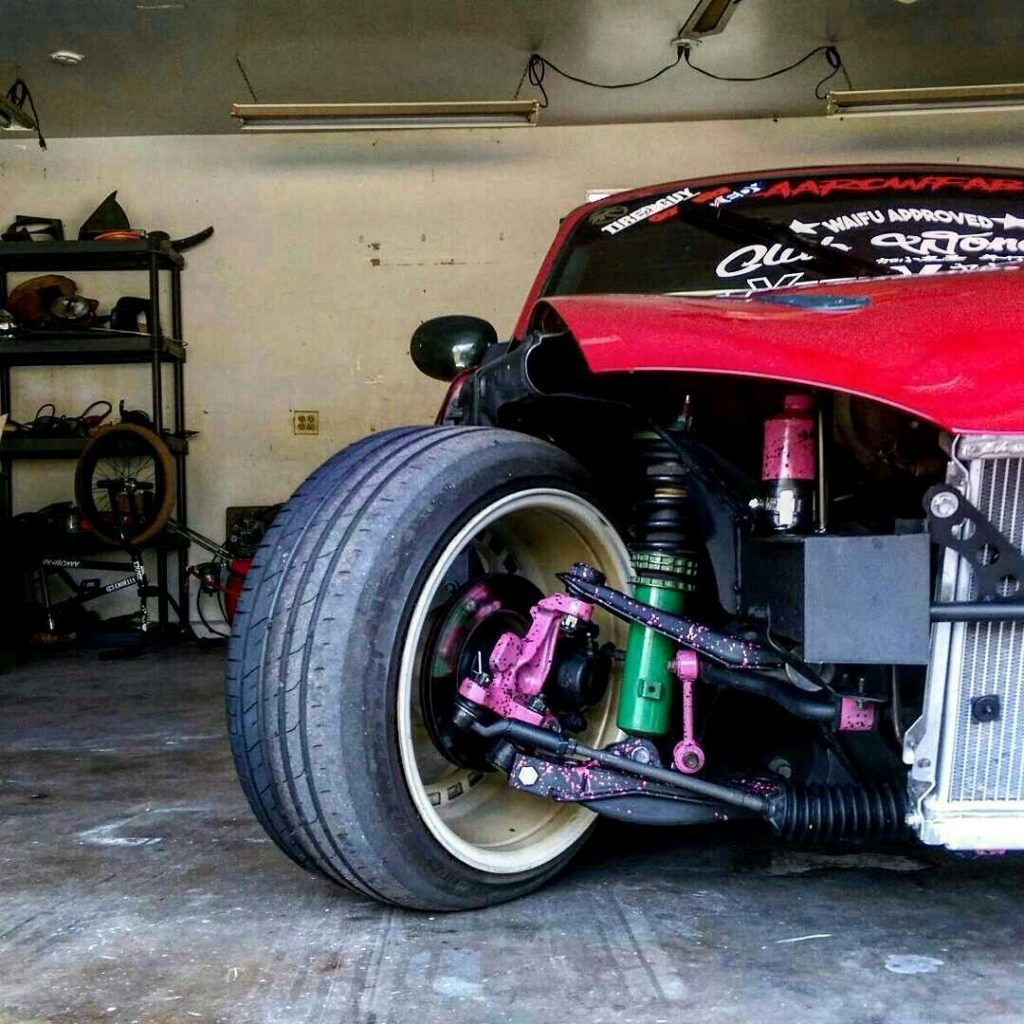
For the caster to significantly reduce the vehicle's turning radius, it must be so negative that the front wheels will be almost under the driver's seat. And this will entail serious consequences, including a decent deterioration in the smoothness of movement of the car and stability during braking (the car will "peck" the front end much more strongly). In addition, it will be necessary to make serious changes to the car's suspension.
Advantages of a car with a small turning radius
The turning radius can be determined, can be calculated by the formula D = 2 * L / sin. D in this case is the diameter of the circle, L is the wheelbase, and is the angle of rotation of the tires.
Cars with a small turning radius are easier to maneuver than larger vehicles. This is especially true when driving in tight spaces, such as in a city. With a smaller radius, parking is easier as well as driving in hard-to-reach places such as off-roading.
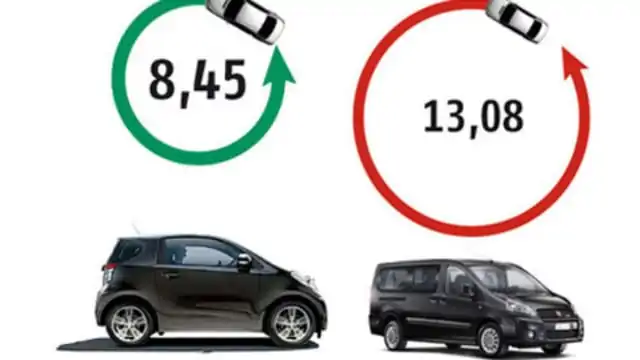
Manufacturers provide information on the so-called turning radius for their vehicles. This is an average of 10 to 12 meters on the road. The radius is highly dependent on the wheelbase.
Limitations for machines with a large radius
In some European countries, such as Germany, according to the law, cars must have a turning radius of no more than 12,5 meters. Otherwise, they will not be registered. The reason for this requirement is the bends and roundabouts that vehicles must pass without hitting curbs.
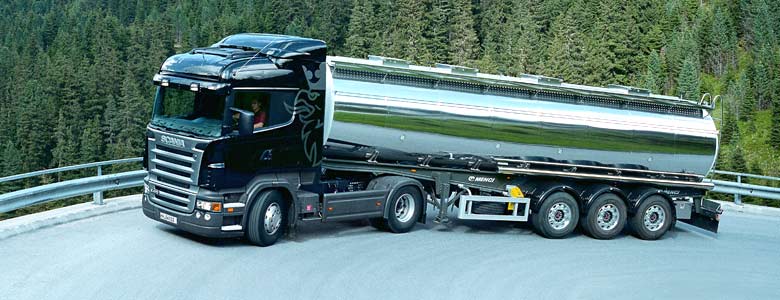
In other countries, there are no strict restrictions on this parameter. The rules of the road for different regions can only indicate the rule of how to drive in a narrow corner on large vehicles. For example, one of the rules says:
"A turn can start from another part of the lane (if the turning radius of the car is much greater than the width of the road itself), but the driver of the turning vehicle must pass by passing cars to the right of them."
Various requirements apply to trucks, buses and other heavy equipment. Their values are over 12 meters. To cross narrow roads, it is often necessary to enter the oncoming lane so that the rear axle wheels correctly enter the bend and do not drive onto the sidewalk.
At the end of the review, we offer a small explanation of which trajectory is correct to make a U-turn at intersections:
Questions and answers:
How to measure the turning radius of a road. Usually in the technical literature, the turning diameter of the car is indicated, because when making a turn, the car makes a whole circle. But as for the rotation, it will be the radius, since the rotation describes only a part of the circle. There is a method of measuring from curb to curb or wall to wall. In the first case, the distance required for all the wheels of the vehicle to remain on the road is determined. In the second case, it is determined whether the vehicle is large enough to fit when turning in the area fenced off.
How to measure the turning radius of a car in a parking lot. To measure the distance from curb to curb, a mark is drawn on the asphalt on which the outside of the wheel is located, which will describe the outside radius. After that, the wheels are turned out to the stop, and the machine turns 180 degrees. After turning, another mark is made on the asphalt from the side of the same wheel. This figure will indicate the minimum width of the road on which the car will safely turn around. The radius is half this distance, but motorists are used to calling the turning circle the radius. The second method (from wall to wall) also takes into account the front overhang of the vehicle (this is the distance from the front of the wheel to the outside of the bumper). In this case, a stick with chalk is attached to the outside of the bumper and the car turns 180 degrees. Unlike the previous parameter, this value on the same car will be slightly larger, since the distance from the wheel to the outer part of the bumper is added.
The minimum turning radius of the passage. For a passenger car, the minimum turning radius is 4.35 to 6.3 meters.
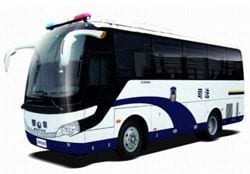
6 comments
Jean Marc
what would be interesting is to know the OVERALL turning radius of a vehicle, some garage doors being very narrow
Rose
Indeed. I myself am also looking for the turning radius of a camper
Fiat Ducati
6.95 m in length
Greetings Rooz
anonym
Hello,
you are confusing diameter and radius, there is a big difference.
t
Hm - and why doesn't it say that in the advertising brochures of every car - but I have to measure myself with a meter like a trumpeter
Seryoa
How does the wheel width affect the turning radius?
Seryoa
Gentlemen, please settle the dispute
Does the wheel width affect the turning radius?